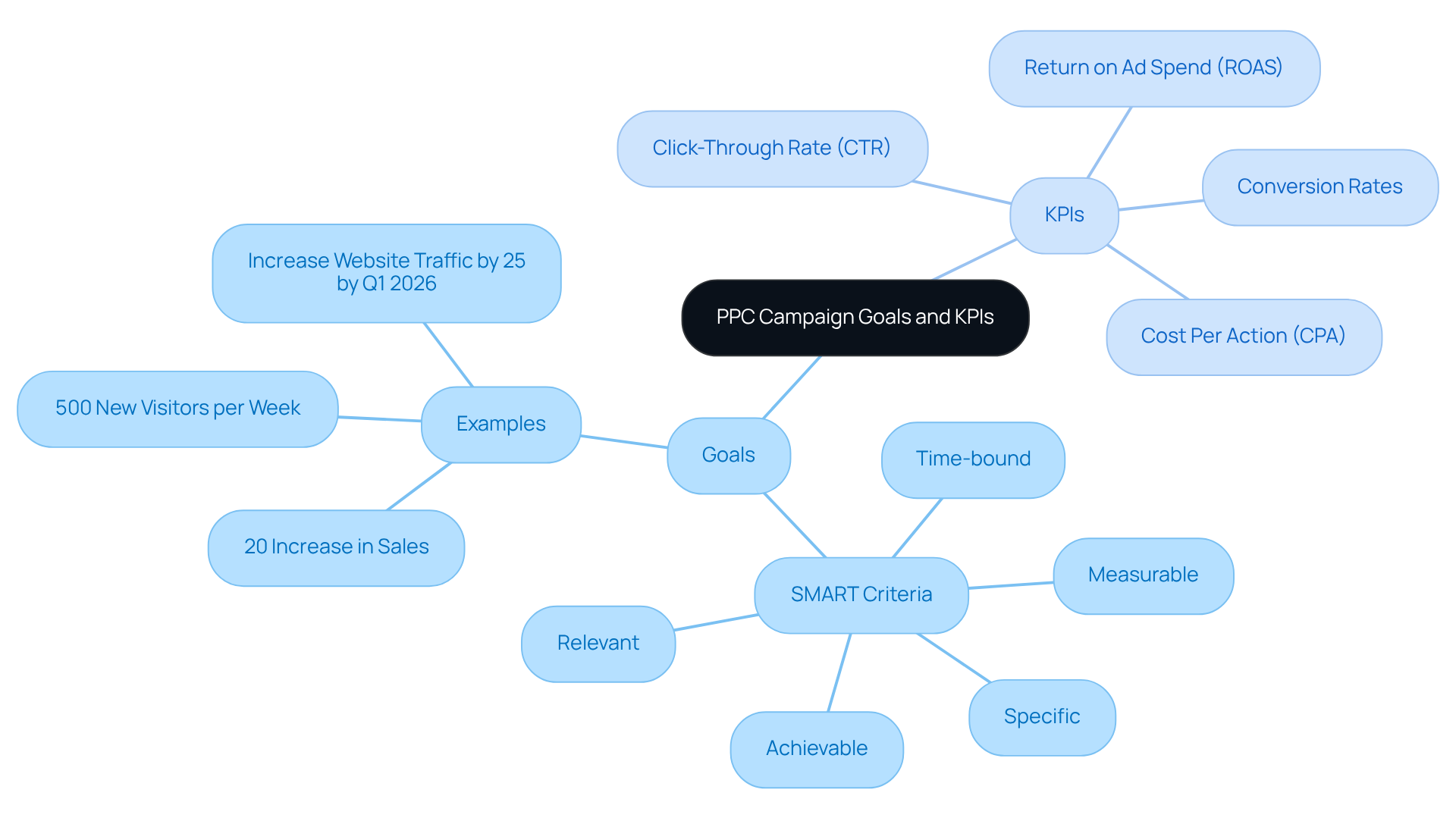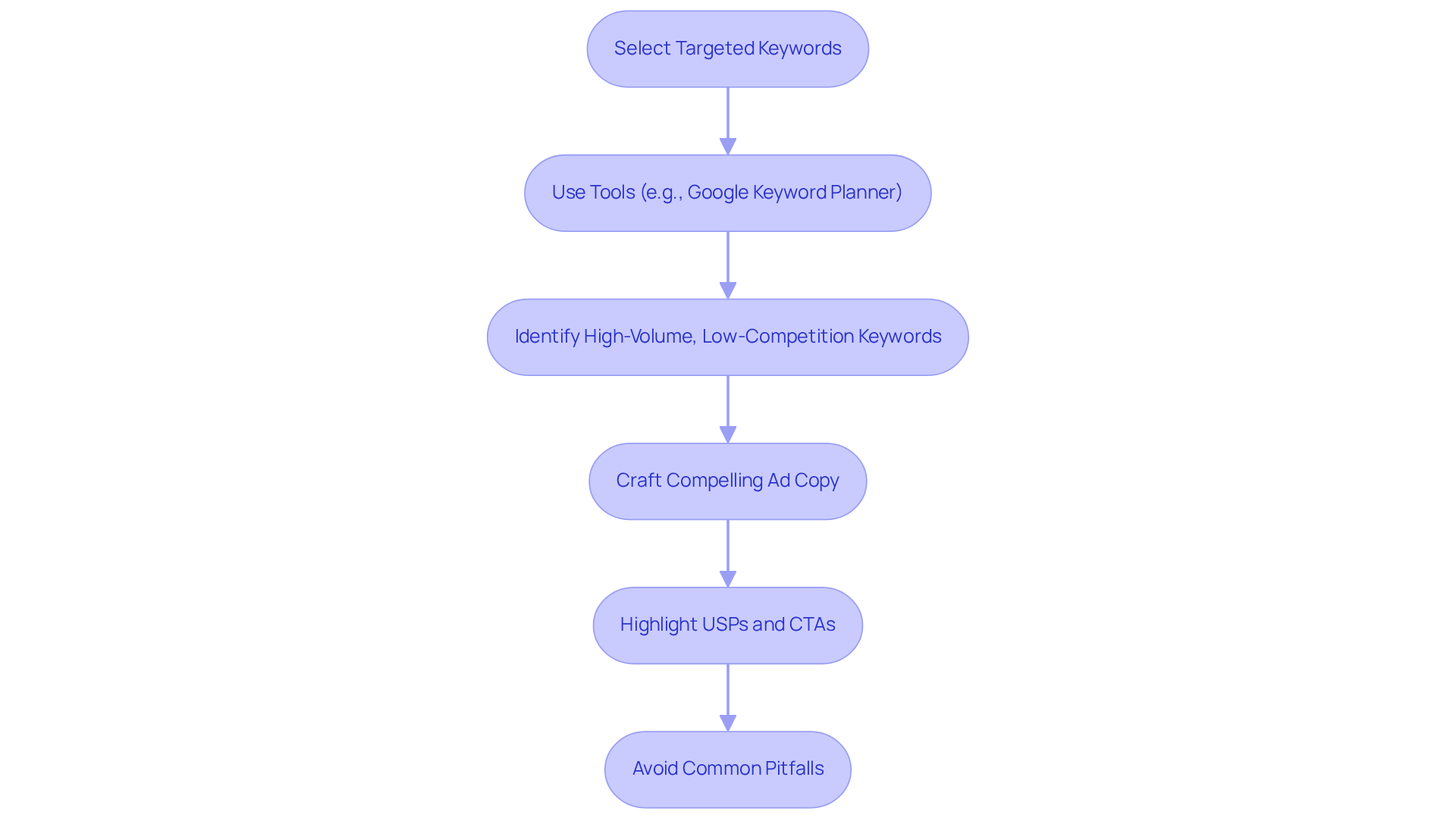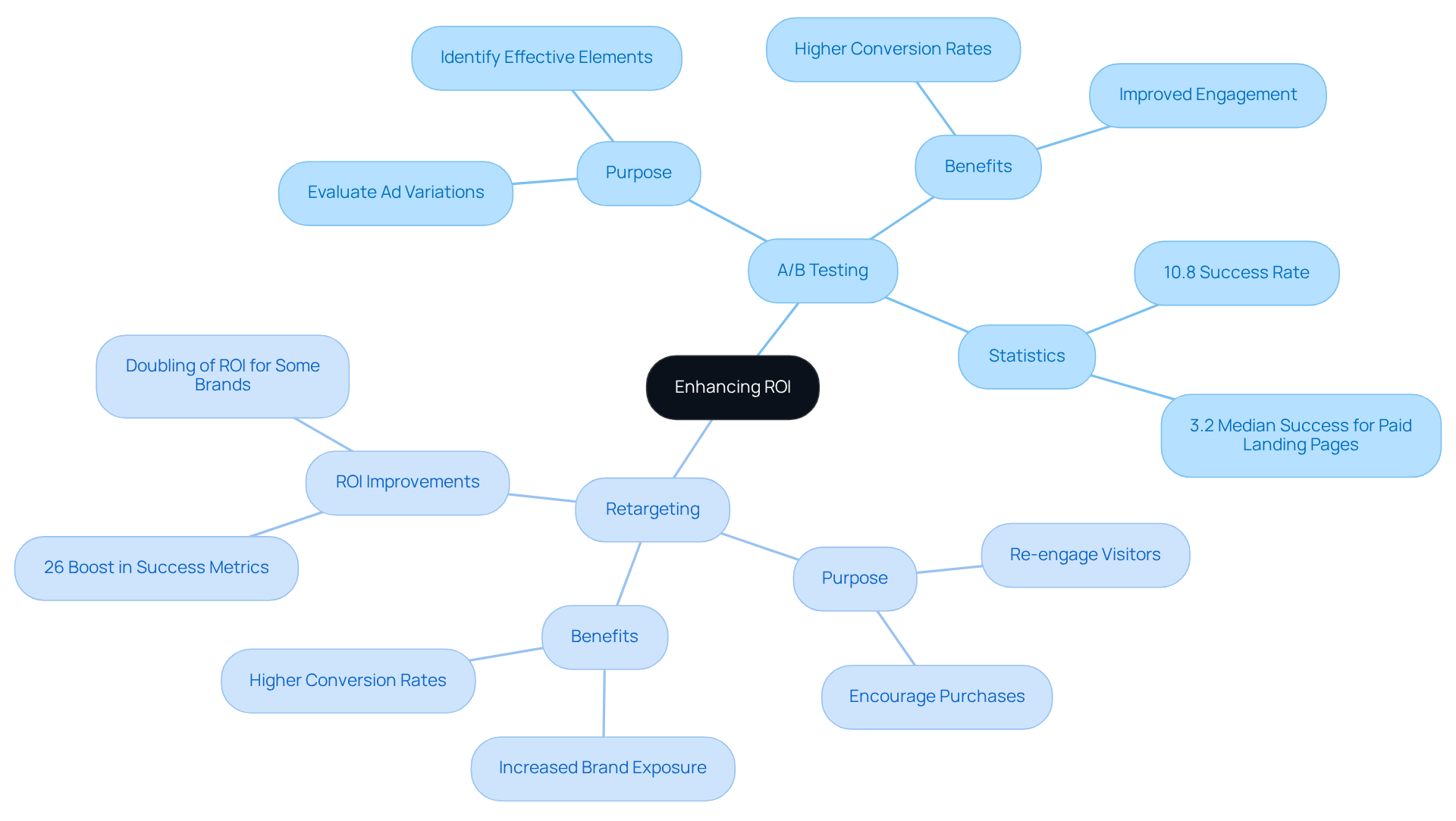
Overview
The article primarily aims to equip readers with essential strategies for mastering PPC (Pay-Per-Click) advertising in e-commerce, ultimately enhancing return on investment (ROI). It underscores the necessity of establishing clear campaign goals and KPIs, selecting targeted keywords, and crafting compelling ads. Furthermore, it advocates for the use of advanced strategies such as A/B testing and retargeting. These strategies are substantiated by statistics and examples that demonstrate their effectiveness in improving advertising performance and ROI.
Introduction
In the competitive landscape of e-commerce, mastering pay-per-click (PPC) advertising is not merely an option; it is an essential requirement for brands striving to maximize their return on investment (ROI). By implementing targeted strategies that align with clearly defined campaign goals and key performance indicators (KPIs), businesses can significantly enhance their advertising effectiveness. However, as the digital marketplace continues to evolve, the question arises: what innovative approaches can be adopted to not only capture attention but also convert clicks into sales? This article explores essential PPC strategies that promise to elevate e-commerce performance and drive tangible results.
Define Clear Campaign Goals and KPIs
To effectively master PPC for e commerce, it is essential to establish clear objectives and key performance indicators (KPIs). Goals must align with the SMART criteria: Specific, Measurable, Achievable, Relevant, and Time-bound. For example, instead of a vague objective like 'increase sales,' specify a target such as 'achieve a 20% increase in sales over the next quarter.' Key performance indicators may include metrics like click-through rates (CTR), conversion rates, and return on ad spend (ROAS). By establishing these benchmarks, you can monitor progress and implement data-informed modifications to your strategies.
If your goal is to enhance website traffic, aim for 500 new visitors per week, allowing for real-time measurement of your ads' effectiveness. In 2025, the average CTR for e-commerce PPC initiatives is projected to be approximately 3.75%, underscoring the importance of tracking this metric closely to assess success. Marketing experts emphasize that setting clear KPIs is vital for improving performance and achieving desired results in PPC for e commerce initiatives.

Select Targeted Keywords and Craft Compelling Ads
Selecting targeted keywords is essential for connecting your ads with the appropriate audience. Leverage tools such as Google Keyword Planner to uncover high-volume, low-competition keywords that align with your products. After identifying your keywords, concentrate on crafting compelling ad copy that resonates with your audience's needs and desires. Highlight unique selling propositions (USPs) and integrate strong calls to action (CTAs).
For example, instead of a generic ad stating 'Buy Shoes,' a more impactful version could be 'Step into Comfort: Shop Our Exclusive Collection of Eco-Friendly Shoes Today!' This approach not only drives clicks but also enhances outcomes by appealing to the values of eco-conscious consumers.
Research indicates that effective ad copy can significantly enhance success in PPC for e commerce, making it imperative to dedicate time to this aspect of your efforts. A prime illustration is the $30M clothing brand that partnered with Parah Group, which saw a 35% increase in performance after implementing focused strategies such as enhanced ad content and deliberate keyword selection.
By steering clear of common pitfalls in keyword selection and ad copy creation, you can amplify the effectiveness of your PPC for e commerce campaign and yield superior results.

Leverage Advanced Strategies for Enhanced ROI
To significantly enhance your ROI, implementing advanced strategies such as A/B testing and retargeting is essential, as both are integral to a comprehensive Conversion Rate Optimization (CRO) approach.
With over 10 years of agency and in-house media buying experience, Parah Group recognizes that A/B testing allows for the evaluation of different versions of your ads, facilitating comparisons in elements like headlines, images, and calls to action (CTAs). This process is instrumental in identifying which variations resonate most with your audience, thereby enhancing engagement and success levels. For instance, companies that effectively implement A/B testing have reported substantial improvements in their advertising effectiveness, with some achieving a 10.8% success rate from users who previously abandoned their carts, while the median success percentage for paid landing pages stands at approximately 3.2%.
Retargeting is pivotal in re-engaging visitors who did not convert during their initial visit. By showcasing personalized ads to these users, you remind them of the products they expressed interest in, encouraging their return to complete purchases. This strategy proves particularly potent, as research indicates that successful customer retargeting can bolster success metrics by as much as 26%. Moreover, effective retargeting initiatives have demonstrated quantifiable ROI enhancements, with certain e-commerce brands reporting a doubling of their return on investment through innovative and focused advertising strategies.
At Parah Group, we assert that CRO represents the highest ROI marketing lever available. Our holistic approach guarantees that your paid ads and landing pages are seamlessly aligned, driving significant growth and higher conversion rates for your brand. It is also vital to consistently monitor and adjust your retargeting campaigns based on measurement indicators to ensure optimal results. Additionally, be mindful of common pitfalls in A/B testing, such as the potential to waste time and resources if not executed correctly. By integrating A/B testing and retargeting into your PPC for e-commerce efforts, you can maximize the efficiency of your ad budget and drive higher returns, ultimately transforming your e-commerce performance.

Conclusion
Mastering PPC for e-commerce demands a strategic approach centered on well-defined goals, targeted keywords, and advanced techniques to maximize return on investment. By establishing specific, measurable objectives aligned with key performance indicators, businesses can diligently track progress and refine their strategies to achieve the desired outcomes in their advertising efforts.
Essential tactics include:
- The selection of appropriate keywords
- The crafting of compelling ad copy that resonates with the target audience
Utilizing tools like Google Keyword Planner uncovers valuable insights, while techniques such as A/B testing and retargeting prove crucial for optimizing campaigns. These strategies not only enhance engagement but also significantly improve conversion rates, driving better ROI for e-commerce ventures.
Incorporating these best practices into PPC campaigns is vital for any online store aiming to thrive in a competitive marketplace. By continuously monitoring performance and adapting strategies based on data analytics, businesses can ensure their advertising efforts are both effective and efficient. Embracing these strategies will elevate e-commerce performance and empower brands to forge lasting connections with their customers, ultimately leading to sustained growth and success in the digital landscape.
Frequently Asked Questions
Why is it important to define clear campaign goals and KPIs in PPC for e-commerce?
Defining clear campaign goals and KPIs is essential because it helps align objectives with the SMART criteria (Specific, Measurable, Achievable, Relevant, and Time-bound), allowing for effective monitoring of progress and data-informed adjustments to strategies.
What are some examples of clear objectives for PPC campaigns?
Instead of vague objectives like "increase sales," a clear objective could be "achieve a 20% increase in sales over the next quarter." Another example could be aiming for 500 new website visitors per week to measure ad effectiveness in real-time.
What are key performance indicators (KPIs) that should be tracked in PPC campaigns?
Key performance indicators to track in PPC campaigns include click-through rates (CTR), conversion rates, and return on ad spend (ROAS). These metrics help assess the success of the campaign and inform necessary adjustments.
What is the projected average CTR for e-commerce PPC initiatives in 2025?
The projected average CTR for e-commerce PPC initiatives in 2025 is approximately 3.75%. This highlights the importance of closely tracking this metric to evaluate campaign success.
How do clear KPIs contribute to the performance of PPC campaigns?
Clear KPIs are vital for improving performance because they provide measurable benchmarks that help marketers assess progress and make informed decisions to achieve desired results in PPC for e-commerce initiatives.
FAQs











